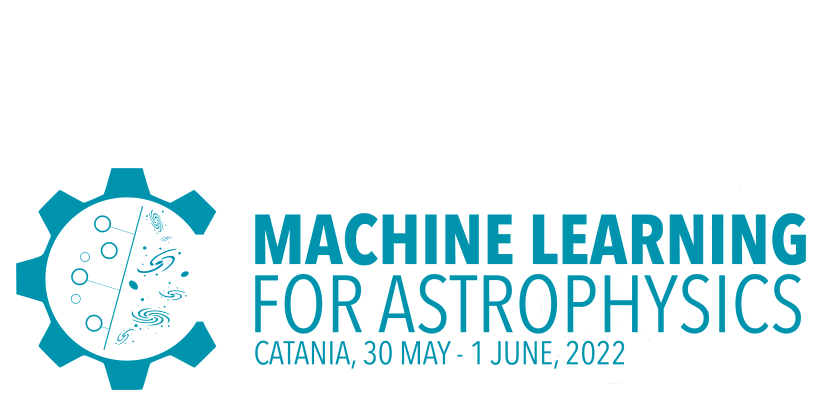Speaker
Description
The Diffuse Supernova Neutrino Background (DSNB) is the faint signal of all core-collapse supernovae explosions on cosmic scales. A prime method for detecting the DSNB is finding its inverse beta decay (IBD) signatures in Gadolinium-loaded large water Cherenkov detectors like Super-Kamiokande (SK-GD).Here, we report on a novel machine learning method based on Convolutional Neural Networks (CNNs) that offer the possibility for a direct classification of the PMT hit patterns of the prompt events.
While the enhanced neutron tagging capability of Gadolinium greatly reduces single-event backgrounds, correlated events mimicking the IBD coincidence signature remain a potentially harmful background. Especially in the low-energy range of the observation window, Neutral-Current (NC) interactions of atmospheric neutrinos dominate the DSNB signal, which leads to an initial signal-to-background (S:B) ratio inside the observation window of about 1:10.
Based on the events generated in a simplified SK-GD-like detector setup, we find that a trained CNN can maintain a signal efficiency of 96 % while reducing the residual NC background to 2 % of the original rate, corresponding to a final signal-to-background ratio of about 4:1. This provides excellent conditions for a DSNB discovery.
| Main Topic | Deep learning |
|---|---|
| Secondary Topic | Image segmentation, object detection and classification |
| Participation mode | In person |

